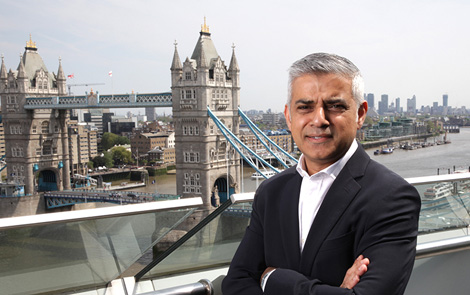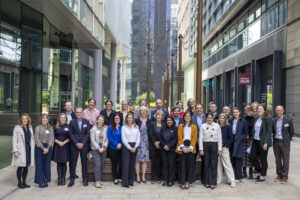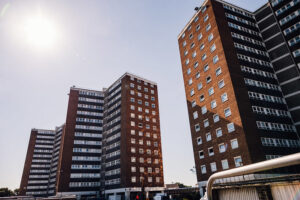Mayor of London Sadiq Khan promises consultation on ‘major package of measures’ to tackle air pollution in the capital
The newly-elected Mayor of London, Sadiq Khan, has today (13 May) outlined plans for a ‘major’ package of measures to tackle air pollution in the capital.
The proposals include the possibility of bringing forward the introduction of the Ultra-Low Emission Zone to begin earlier than 2020, as well as potentially extending its reach to the North and South Circular road.

The newly-elected Mayor of London, Sadiq Khan, has outlined a series of policies to tackle air pollution in the capital
Under current plans set out by the former Mayor Boris Johnson the ULEZ will only operate within the existing congestion charging zone and it is due to come in from September 2020.
But today, the new Mayor promised to consult on potentially re-drawing the plans, as well as a raft of other measures to tackle air pollution, which it is claimed is linked to the deaths of up to 10,000 Londoners every year.
‘Emergency’
The Mayor said: “I want to act before an emergency, which is why we need big, bold and sometimes difficult policies if London is to meet the scale of the challenge.”
As well as changes to the ULEZ, the Mayor’s consultation will also include proposals to increase the congestion charge for the most polluting vehicles, and a crackdown on emissions from heavy goods vehicles which would see ULEZ standards to apply to HGVs London-wide from 2020.
The plans would also see the Mayor give the go-ahead for Transport for London (TfL) to assess the costs and benefits of a diesel scrappage scheme — as well as introducing ULEZ standards for double decker buses, introducing ‘clean bus corridors’ and expanding the retrofit programme to ensure 3,000 buses outside of the centre of the city meet the Euro VI standard.
Buses
The Mayor has also pledged to introduce only hybrid or zero-emission double-decker buses to London’s bus fleet from 2018.
Commenting today, the Mayor said: “I have been elected with a clear mandate to clean up London’s air — our biggest environmental challenge.
“I know from personal experience that the city’s air is damaging people’s health as I only recently started suffering from asthma as an adult. Many pollution hotspots in London are around schools, exposing our children to dangerously polluted air and putting them at greater risk of respiratory conditions like mine.
“In the past, London has only responded after an emergency, like with the Clean Air Act, which followed the Great London Smogs of the 1950s. But I want to act before an emergency, which is why we need big, bold and sometimes difficult policies if London is to match the scale of the challenge.”
Alongside the raft of new policy proposals, the Labour Mayor has committed to a series of policies set in motion by the previous administration, which include the continuation of the Mayor’s Air Quality Fund to help boroughs address pollution hotspots and requiring all newly licensed taxis to be zero emission capable from 2018.
















A diesel scrappage scheme will be too expensive, too difficult to scope and manage to be taken seriously. Taxing vehicle access will penalise less wealthy drivers and tradesmen forcing up services costs within the proposed zone.
NOx emissions are worse for low-income individuals and affect those at work, driving, walking or cycling and even in their own homes.
Most journeys are very short, despite this, most are driven. Most of these could easily be cycled without causing any air-pollution whatsoever.
In the UK, 1995/97-2013 the average trip length was up to one mile 21.1% One to two miles 18.6% Two to five miles 27.7% Source: NTS0307
National statistics are not reflective of journeys taken in London however; 80% of journeys under 1 mile are walked. Source NTS0308
With an ageing population and many people suffering restricted mobility, the option of cycling will become a decreasingly viable choice in the future. The trades person needs to carry tools and buses don’t allow step ladders on board.